PERU
Lima

Lima
Lima
Lima is the capital and largest city in Peru. Lima is located in the central part of the country, in the valleys of three rivers and on the coast of the Pacific Ocean. The Lima metropolitan area consists of Lima and the adjacent port of Callao. According to the 2007 census, Lima city has a population of 7,605,742 inhabitants and the metropolitan area has a population of 8,472,935. Lima is the fifth largest city in Latin America, after Mexico City, São Paulo, Buenos Aires and Rio de Janeiro. One third of the country's population lives in the Lima metropolitan area.
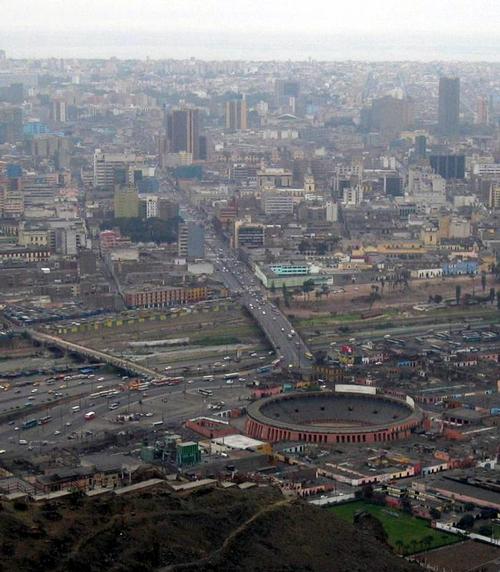 Lima PeruPhoto: Michael Reeve CCe 3.0 Unported no changes made
Lima PeruPhoto: Michael Reeve CCe 3.0 Unported no changes made
Lima was founded by the Spanish conquistador Francisco Pizarro on January 18, 1535 as la Ciudad de los Reyes, or the City of Kings. It soon became the capital and most important city in Spanish Peru. After the Peruvian War of Independence, it became the capital of the Republic of Peru. Lima was culturally influenced by European, African, Asian and Andean cultures. Lima's historic center was declared a UNESCO World Heritage Site in 1988.
| advertisement |
| Hotels Lima |
Location
The coordinates of Lima are: latitude 12 ° 2'36 'South and longitude 77 ° 1'42' West.
The urban area of Lima covers about 800 km2 and the metropolitan area covers 2,819.3 km². The city has slopes up to about 500 meters above sea level. Some isolated hills are in the city, such as El Agustino, San Cosme, El Pino, La Milla and Muleria and Pro.
The city of Lima consists of 30 districts, in the province there are 40 districts. The city center is located 15 kilometers inland on the banks of the Rimac River, which is the main source of drinking water and electrical energy for the city's residents.
Weather
Lima has a subtropical mild and pleasant climate, due to its proximity to the cool waters of the Pacific Ocean. Temperatures are lower than the typical temperatures of a subtropical desert. The weather is moderate all year round. Temperatures seldom drop below 12 °C and hardly rise above 29 °C. Summers are warm, humid and sunny. The daily temperature varies between 18 °C and 22° C with peaks of 24 °C to 29 °C. The sky is generally clear, cloudless in the morning. In winter the weather is cool with high humidity and often cloudy. Winter temperatures do not differ much between day and night. They range from 12 °C to 19 °C. Lima only has 1284 hours of sunshine per year. The water supply in the city comes from springs and from rivers flowing out of the Andes. The average rainfall is only 13 mm per year.
History
Lima was inhabited by indigenous tribes as far back as Pre-Columbian times and incorporated into the Inca Empire in the 15th century. The Inca ruler Atahualpa was defeated by the Spanish conquistadors led by Francisco Pizarro. The king lost his Empire in 1532. Pizarro was proclaimed governor of the conquered lands by the Spanish Crown. The capital was named La Ciudad de los Reyes (City of the Kings). In 1746 the city was badly damaged by a powerful earthquake that destroyed Callao.
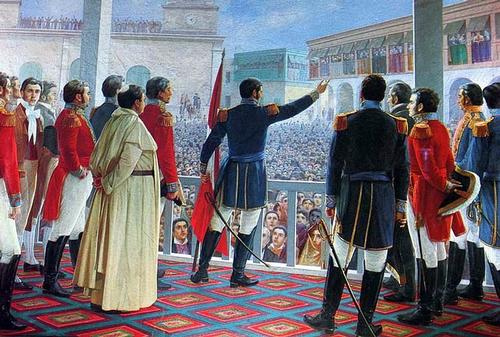 Declaring of Independence in Peru in 1821 painting by Juan LepianiPhoto: Public Domain
Declaring of Independence in Peru in 1821 painting by Juan LepianiPhoto: Public Domain
After gaining independence in 1821, Lima was declared the capital of the Republic of Peru. Due to economic weakness, development came to a halt. Progress began with the export of guano (bird dung) in the 1850s. In 1940, a strong earthquake devastated most of the city. Great efforts were once again made to repair the extensive damage and rebuild the city. The 1940s began a period of rapid growth, stimulated by the migration of rural residents from the Andes in search of better opportunities and an improvement in their living conditions.
Sights
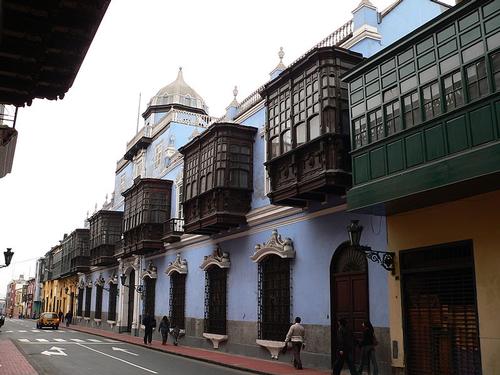 Old town of LimaPhoto: Manuel González Olaechea y Franco CC3.0 no changes made
Old town of LimaPhoto: Manuel González Olaechea y Franco CC3.0 no changes made
Lima has a well-developed tourism industry and is the main entry point to the country. Lima has many beautiful archaeological sites, popular traditions, numerous museums, art galleries, festivals and an attractive nightlife. The city offers a wide variety of restaurants serving both local specialties and international dishes. The historic center of Lima, made up of the districts of Lima and Rimac, has the characteristic architecture of the colonial era and was declared a World Heritage Site by UNESCO in 1988. Some examples of this historic colonial architecture include the Monastery of San Francisco, the Plaza Mayor, the Cathedral, the Monastery of Santo Domingo and the Palace of Torre Tagle. In addition to visiting archaeological sites, tourists take organized city tours to churches, monasteries, palaces, museums, and galleries.
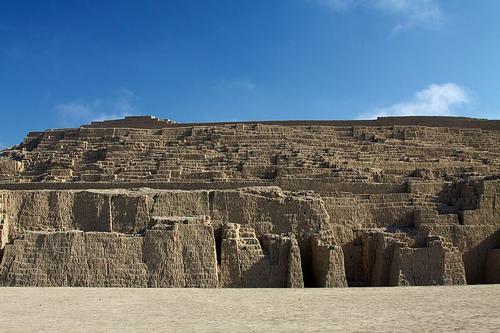 Huaca Pullana Quito EcuadorPhoto: Pualo JC Nogeira CC3.0 Unported no changes made
Huaca Pullana Quito EcuadorPhoto: Pualo JC Nogeira CC3.0 Unported no changes made
Huaca Pullana is an important archaeological site in Lima, dating back to the year 200 AD. The Huaca Pullana is an awe-inspiring site built with thousands of handcrafted stones. The site is divided into two areas, which were used for administrative and ceremonial purposes respectively. While many will see nothing more than a pile of stones in it, the history is fascinating and the setting is also very impressive, with panoramic views of the city.
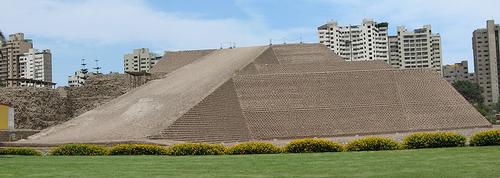 Huaca Huallamarca tempel Quito PeruPhoto: AgainErick CC 3.0 Unported no changes made
Huaca Huallamarca tempel Quito PeruPhoto: AgainErick CC 3.0 Unported no changes made
The ancient Pre-inca Huaca Huallamarca temple dates back to the 4th century and is located in the San Isidro area of Lima. This beautiful pyramid structure has been completely restored, but looks quite out of place against the backdrop of contemporary apartment buildings. The temple is made of traditional adobe adobe bricks. A steep slope leads to the top. Careful excavations have yielded mummies, relics and other treasures. These are displayed in the archaeological museum. The Huaca Huallamarca is worth exploring and it is the site of a number of local events and concerts.
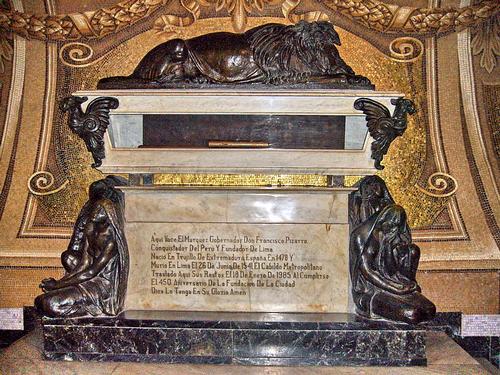 Tomb of Pizarro in the cathedral of LimaPhoto: Manuel González Olaechea y Franco CC 3.0 no changes made
Tomb of Pizarro in the cathedral of LimaPhoto: Manuel González Olaechea y Franco CC 3.0 no changes made
Many churches date back to the 16th and 17th centuries, the most famous of which is the Cathedral of Lima. In 1555 Lima's first cathedral was built on the south-eastern side of the Plaza de Armas. This cathedral quickly became too small and the cathedral we know today was consecrated in 1625. Earthquakes caused damage, particularly in 1687 and again in 1746. The cathedral was carefully reconstructed and now houses a beautiful building with two bell towers. Francisco Pizarro's remains are located in the chapel to the right of the entrance. In total, the cathedral has 15 chapels, ornate Italian marble floors, enormous chandeliers and a museum of religious art in the sacristy.
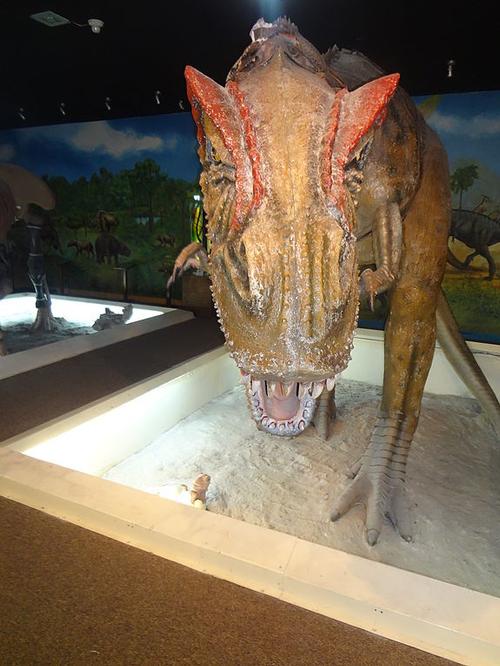 Natural History Museum in QuitaPhoto: Davis Adam Kess CC 4.0 no changes made
Natural History Museum in QuitaPhoto: Davis Adam Kess CC 4.0 no changes made
Lima has the largest number of renowned museums in the country, the most notable being the Museo Nacional de arqueología Antropología e Historia del Perú, the Lima Art Museum and the Natural History Museum. These museums mainly focus on art, pre-Columbian cultures, natural history, science and religion. The Museum of Italian Art is the only museum of European art in Peru.
Tips
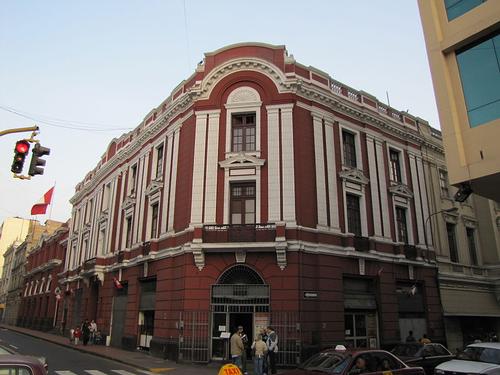 Colonial Architecture LimaPhoto: David Berkowitz CC 2.0 Generic no changes made
Colonial Architecture LimaPhoto: David Berkowitz CC 2.0 Generic no changes made
The architecture of the city is a real attraction and is characterized by different styles from different periods of the history of the city. There are influences from the Spanish Baroque, Spanish Colonial style and Neoclassicism.
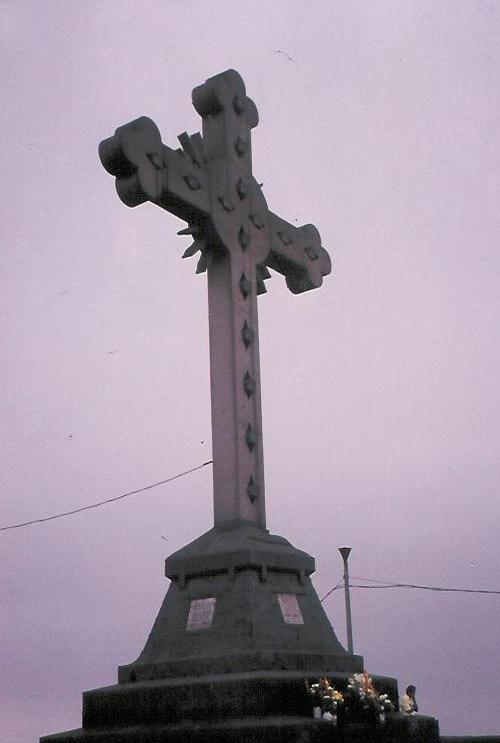 Cerra San Cristobal Cruz LimaPhoto: Fernando Camacho Zelaya CC4.0 no changes made
Cerra San Cristobal Cruz LimaPhoto: Fernando Camacho Zelaya CC4.0 no changes made
One of Lima's most recognizable landmarks is the Cerro San Cristobal, which is a huge cross and a popular observation point. The cross is on a hill and you can see it from afar. The hill itself is over 400 meters high and those who make the effort to reach the elevated Cerro San Cristobal have breathtaking views over the Rimac River. Minibuses to the Cerro San Cristobal go from the Plaza del Gobierno.
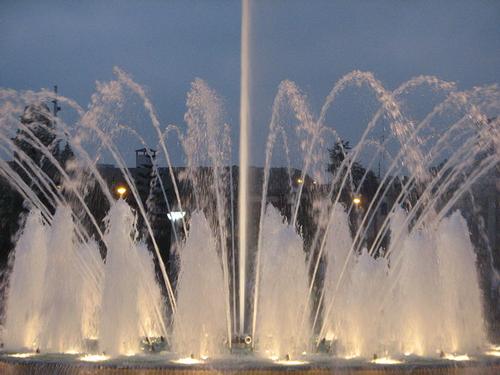 Fountain in the park de la Reserva in LimaPhoto: AgainErick (CC BY-SA 3.0) no changes made
Fountain in the park de la Reserva in LimaPhoto: AgainErick (CC BY-SA 3.0) no changes made
Lima has a number of beautiful parks. Lima's largest parks are located near the downtown area. For example, in Lima you will find the largest fountain complex in the world known as the Magic Circle of Water.
Useful links Lima
BBC Country ProfilesWorld Fact Book Explore all Countries
How to call
Last updated June 2025
Copyright: Team - The World of Info